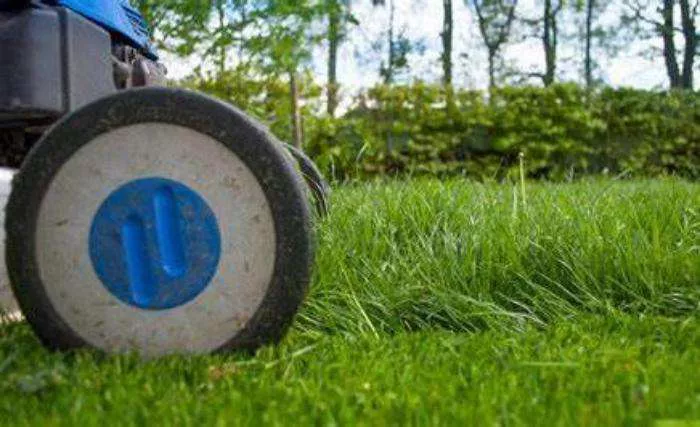Maintaining a lush, healthy lawn doesn’t have to mean bagging clippings or relying on chemical fertilizers. Grasscycling—the simple practice of leaving grass clippings on the lawn after mowing—offers an eco-friendly, cost-effective alternative. By allowing clippings to decompose naturally, this method returns essential nutrients to the soil, reduces yard waste, and minimizes harmful fertilizer runoff. Studies show lawns produce hundreds of pounds of clippings annually—why waste them? Whether you’re an eco-conscious homeowner or just looking to save time and money, grasscycling provides an effortless way to enhance lawn health while supporting sustainability.
How Leaving Clippings Behind Can Transform Your Yard Care Routine
The Basics of Grasscycling
Grasscycling—the practice of leaving grass clippings on the lawn after mowing—has emerged as a simple yet effective lawn care strategy. This natural recycling method returns valuable nutrients to the soil, reduces yard waste, and minimizes environmental impact.
Unlike traditional lawn care that involves bagging and disposing of clippings, grasscycling allows the cuttings to decompose quickly, acting as a natural fertilizer. Research shows lawns produce about 300 pounds of clippings per 1,000 square feet annually, making this an opportunity to repurpose what would otherwise become landfill waste.
Environmental and Practical Benefits
The advantages of grasscycling extend beyond lawn health:
Natural fertilization: Clippings contain nitrogen, phosphorus, and potassium that feed the grass as they break down
Reduced chemical use: Decreased need for synthetic fertilizers means less runoff polluting waterways
Time and cost savings: Eliminates bagging labor and disposal costs while cutting fertilizer expenses by up to 25%
Soil improvement: Adds organic matter that enhances moisture retention and soil structure
Proper Mowing Techniques
To maximize grasscycling benefits:
- Maintain sharp mower blades for clean cuts that decompose faster
- Mow when grass is dry, ideally removing no more than one-third of blade height
- Keep grass at 3-4 inches tall to protect soil and promote deeper roots
- Consider mulching mowers for finer clipping distribution, though standard mowers work effectively
Debunking the Thatch Myth
Contrary to common concerns, grasscycling doesn’t contribute to thatch buildup. Thatch consists primarily of slow-decomposing roots and stems, while clippings break down within days. Proper mowing height and infrequent, deep watering actually prevent excessive thatch formation.
When to Grasscycle
The practice works year-round but is most effective during active growing seasons. For optimal results:
- Mow frequently enough to avoid removing more than one-third of grass height
- Adjust cutting frequency based on growth rate—typically weekly during peak season
- Leave clippings on the lawn unless they’re excessively long or wet
Getting Started
Adopting grasscycling requires no special equipment or major changes to routine. Simply:
- Remove the bag from your mower
- Mow as usual, allowing clippings to disperse evenly
- Water normally to help decomposition
This effortless approach makes grasscycling accessible to all homeowners while delivering measurable benefits for lawns and the environment. As sustainable landscaping practices gain popularity, grasscycling stands out as one of the easiest ways to reduce waste and maintain a vibrant, healthy lawn naturally.

